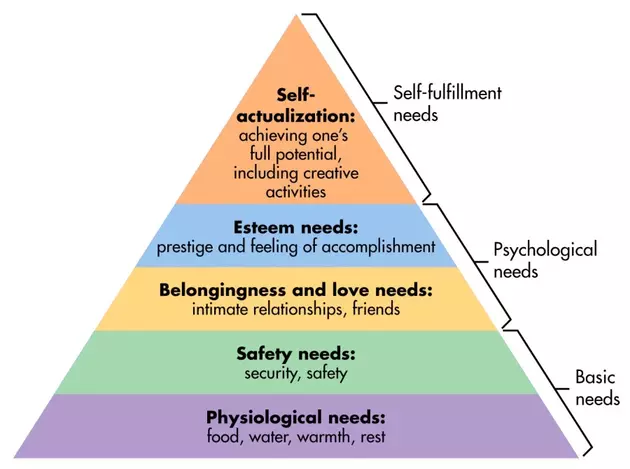Choose your certifications wisely. Certifications with redundant syllabus overlaps is a sure disadvantage.

Choose your certifications Wisely….
I did my PMP, what next?.Should I do any of the agile certifications? – This is one question we had to answer multiple times in the past. Yesterday also I had to answer this question again. From the Version#7 of the Project Management Body Of Knowledge (PMBOK), the base reference document for PMP certification, equal importance is given to both predictive project management (traditional project management) and agile project management. In other words,
- 50% of the questions are from predictive project management
- 40% from agile project management and
- 10% from hybrid project management.
Given that as the basis, logically there is no reason for someone pursuing any one of the agile certifications like Certified Scrum Master (CSM) or Professional Scrum Master (PSM) after their latest PMP certification based on PMBOK7. As PMBOK7 covers both agile and predictive project management in detail. But then in real life, I come across many PMPs who still do not understand critical path and earned value management even after their PMP certification. So are many of the certified agilists who does not understand empiricism and self organizing teams. When we examine just the exam content, the latest PMP course content is sufficient to manage projects in predictive, agile or hybrid way.
Then what makes the difference. Two factors.
- Factor one, the structure of the course delivery. How well it is sequenced. If it is sequenced logically according to the natural sequence within projects, then it becomes much easier for the learner. The learner will be able to comprehend the concepts better and put them into practice at the appropriate opportunity.
- Factor two, the ability of the teacher / coach / trainer/ instructor to explain things with practical hands on experience sharing and real life examples.
Trainers with sufficient knowledge, experience can make a lot of difference. Multiple certifications with overlapping syllabus contents is a disadvantage. It can send wrong signals to others. Especially to those who are hunting for competent project management professionals who can put the project management best practices to work for the project’s advantage. Certifications are just the low lying fruits of the training programs. It is the application of the knowledge in real projects which makes the real difference between the credential and competency.

